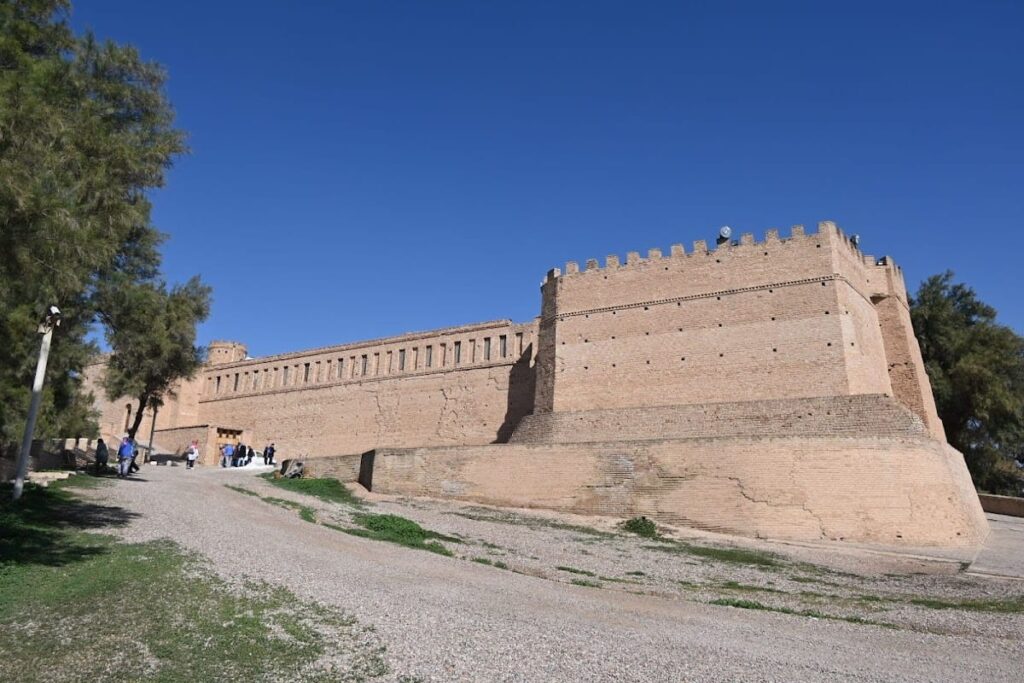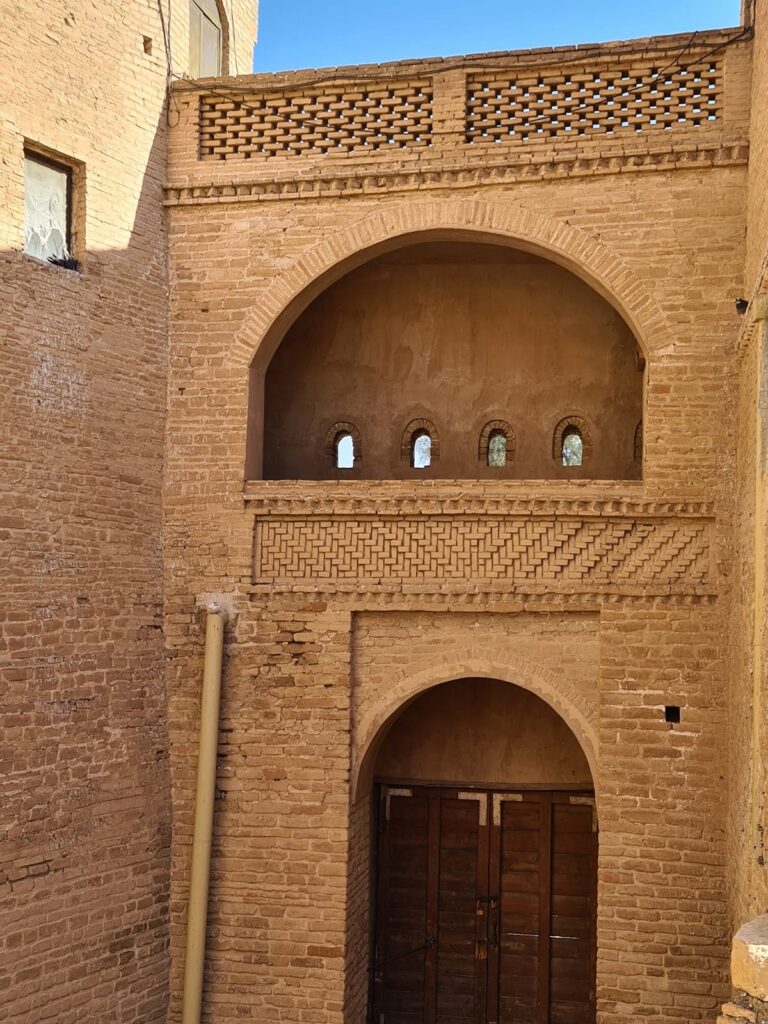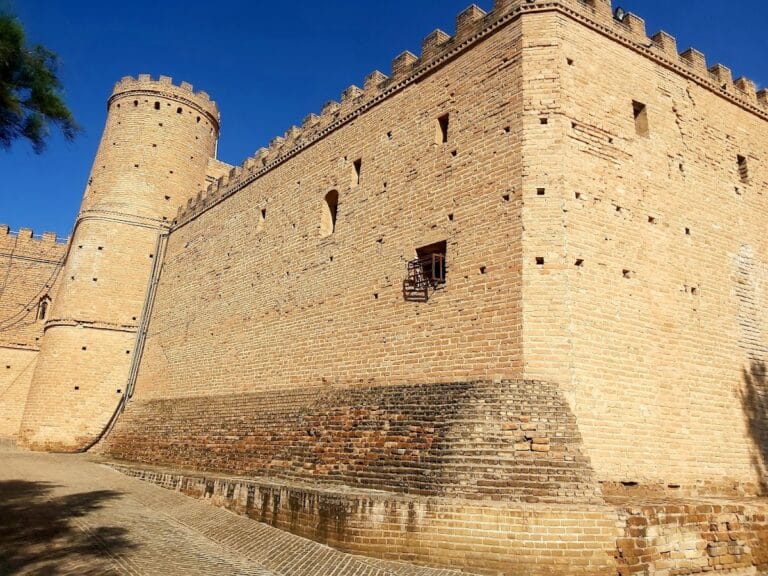Susa: An Ancient City Bridging Mesopotamia and Iran
Visitor Information
Google Rating: 4.5
Popularity: Low
Google Maps: View on Google Maps
Country: Iran
Civilization: Early Islamic, Greek, Parthian, Sassanid
Remains: City
History
Susa is located in southwestern Iran, within Khuzestan Province near the modern city of Shush. Founded around 4000 BCE, it occupied a strategic position between the Tigris River valley and the Iranian plateau. This location allowed Susa to serve as a cultural and economic bridge linking Mesopotamian civilizations with those of the Iranian highlands.
From about 2000 BCE, Susa became a principal city of the Elamite civilization, acting as one of its capitals. During this time, it developed as a major political and religious center, with temples dedicated to gods such as Inshushinak. Elamite kings like Untash-Napirisha and Shilhak-Inshushinak undertook significant building projects, including temple restorations. The city’s fortunes rose and fell in response to shifting regional powers and cultural influences.
In the 5th and 4th centuries BCE, Susa became a royal residence and administrative center of the Achaemenid Persian Empire. Persian kings such as Darius I and Artaxerxes II used the city as a seat of power. The Achaemenid period saw the construction of grand palaces and monumental architecture, reflecting Susa’s importance within the empire. After Alexander the Great’s conquest and the fall of the Achaemenid dynasty in the late 4th century BCE, Susa continued as a provincial city under the Seleucid, Parthian, and Sassanian empires.
Under Islamic rule, beginning in the 7th century CE, Susa remained a prosperous regional center. It supported diverse religious communities and became known for its ceramics and sugar production. The city reached its largest urban size during the Abbasid period in the 9th and 10th centuries CE. However, from the 14th century onward, Susa declined and was likely abandoned by the 15th century.
Susa is mentioned in various ancient sources, including Mesopotamian texts, the Hebrew Bible—where it appears in the Book of Esther—and classical Greek writings by Herodotus. These references underscore its long-standing religious and historical significance. After centuries of abandonment, the modern settlement of Shush was established near the archaeological site in the mid-20th century.
Remains
The archaeological site of Susa covers roughly 250 to 300 hectares and is dominated by three main mounds or tells: the Acropolis, the Apadana, and the Royal City. These tells represent different phases and functions of the city’s long occupation.
The Acropolis, the highest point at about 35 to 38 meters elevation, contains monumental structures from the protohistoric and Elamite periods. It includes a large funerary complex measuring approximately 7 by 14 meters and a “high terrace” possibly 10 meters tall and 80 meters long. This area served as a sacred precinct with temples dedicated to the god Inshushinak. Elamite kings built and restored many of these religious buildings. Although a ziggurat is known to have existed here, it remains unexcavated.
The Apadana mound hosts the grand Achaemenid palace of Darius I, constructed on a 12-hectare artificial terrace. The palace features a large audience hall measuring 109 meters square, supported by 36 columns over 20 meters high, each topped with double bull-shaped capitals. The complex includes a monumental entrance called the “Propylées,” a large gate building with a four-columned central hall, and three courtyards. The largest courtyard measures 64 by 55 meters and is decorated with glazed brick friezes depicting lions and archers. The palace covers about 38,000 square meters and contains royal residential quarters, reception halls, and administrative offices. It may have had an upper floor. The king’s chamber is around 70 square meters, and apartments for royal wives are also present.
Beneath the Achaemenid palace on the Apadana tell lie remains of the Elamite palace and temple complex. Excavations have uncovered glazed brick reliefs showing protective deities, though these remains are limited due to early excavation methods.
On the west bank of the Chaour River stands the “Palace of Chaour,” built by Artaxerxes II. This structure measures approximately 220 by 150 meters and includes a main hypostyle hall measuring 37.5 by 34.6 meters. The hall is decorated with painted murals and surrounded by porticoes and towers. The exact purpose of this palace remains uncertain.
Construction materials at Susa include mudbrick (pisé), baked bricks with glazed decoration, stone for statues and reliefs, and bitumen-based stone carvings. Glazed bricks were widely used in both Elamite and Achaemenid monumental buildings. Numerous inscriptions in Elamite, Akkadian, and Old Persian cuneiform have been found on bricks and stelae, often serving as foundation or dedicatory texts.
Funerary architecture at Susa includes large necropolises with various burial types such as collective vaulted chambers, jar burials, sarcophagi, and painted terracotta funerary masks dating from the Elamite period onward.
The site also contains workshops, residential quarters with courtyards and hypostyle houses from the Seleucid and Parthian periods, as well as fortifications including city gates and ramparts. Religious buildings from the Islamic period include mosques and a khanqah, a building used by Sufi religious orders.
The preservation of Susa’s remains varies. The Achaemenid palace and its glazed brick decorations are among the best preserved and documented. In contrast, many Elamite and later structures are fragmentary or poorly recorded due to early excavation techniques and later urban development. The modern city of Shush now borders the eastern part of the site, limiting further archaeological work.






